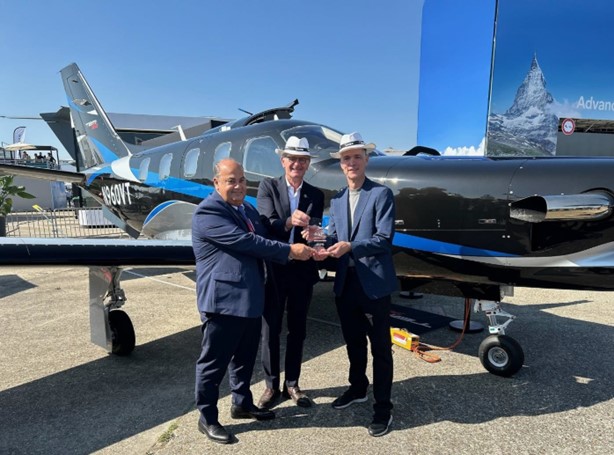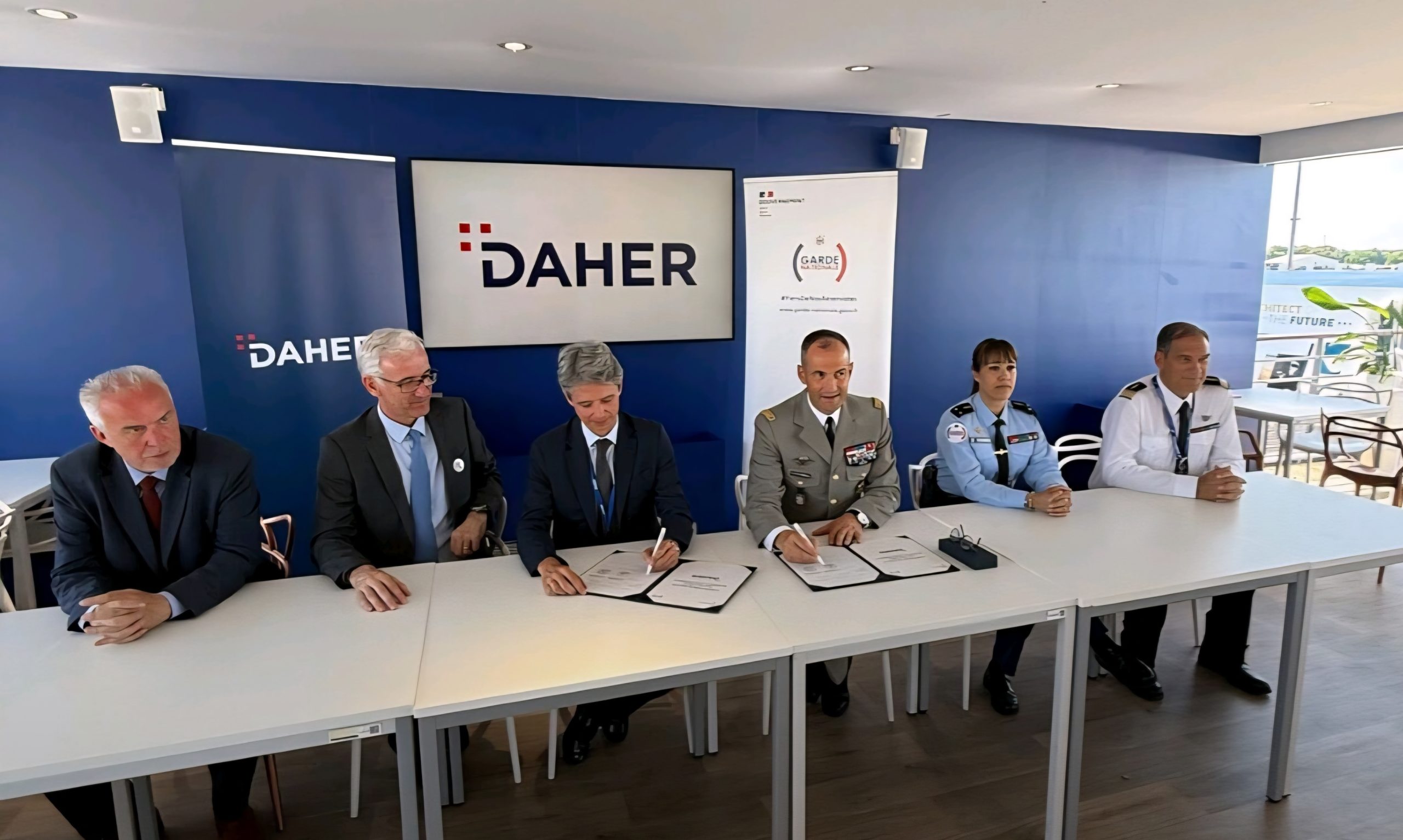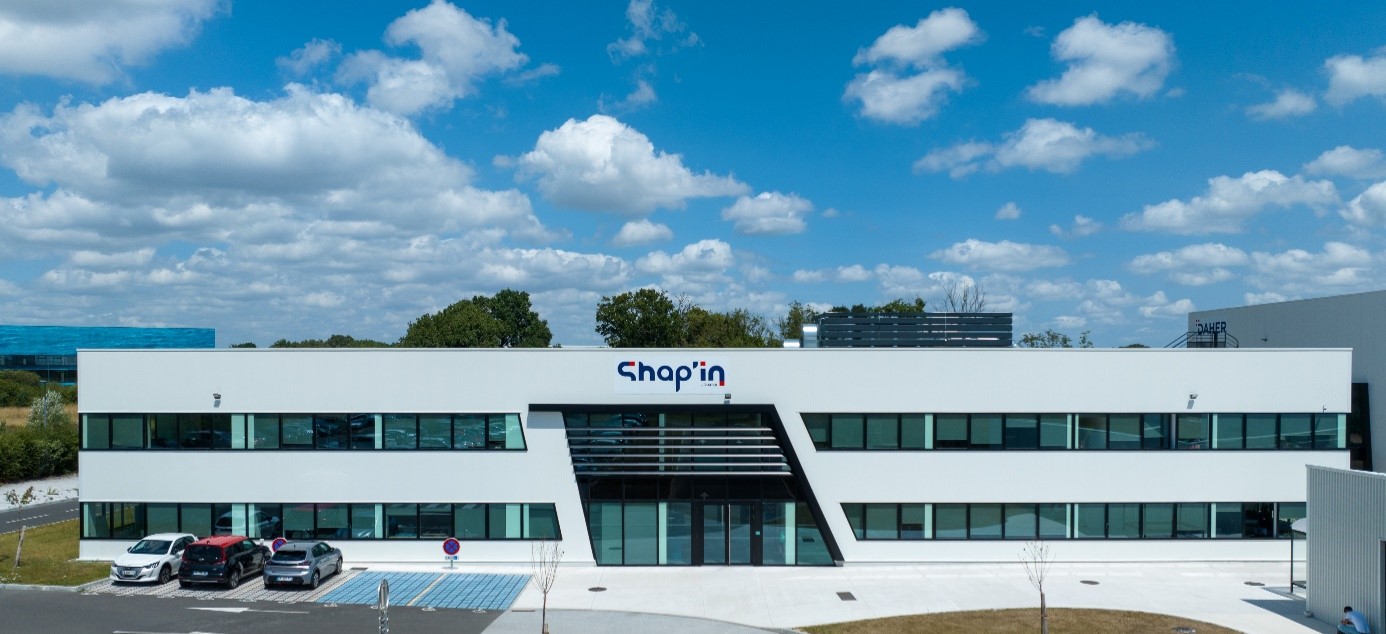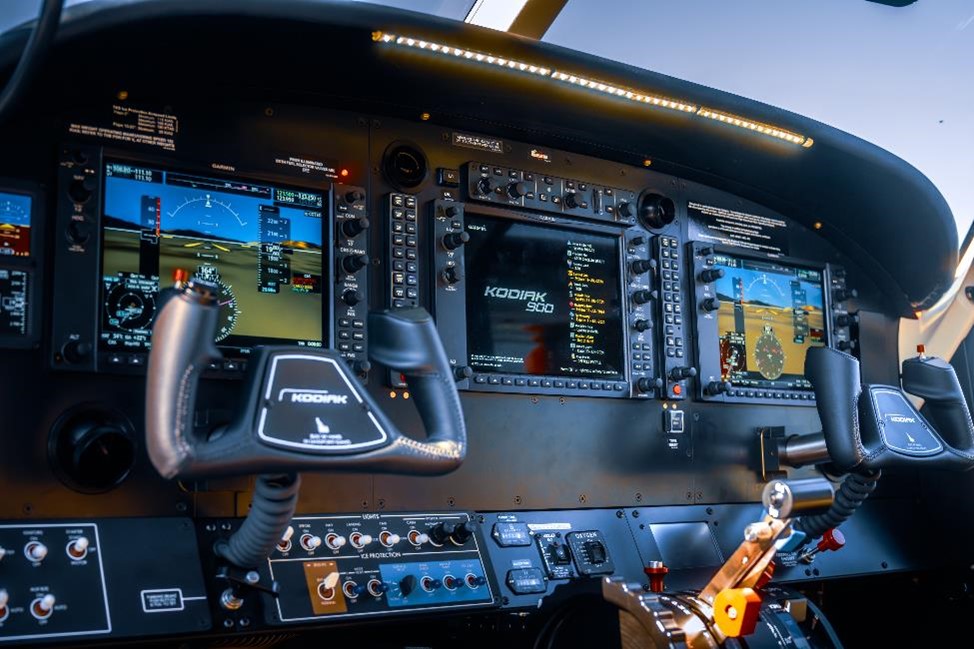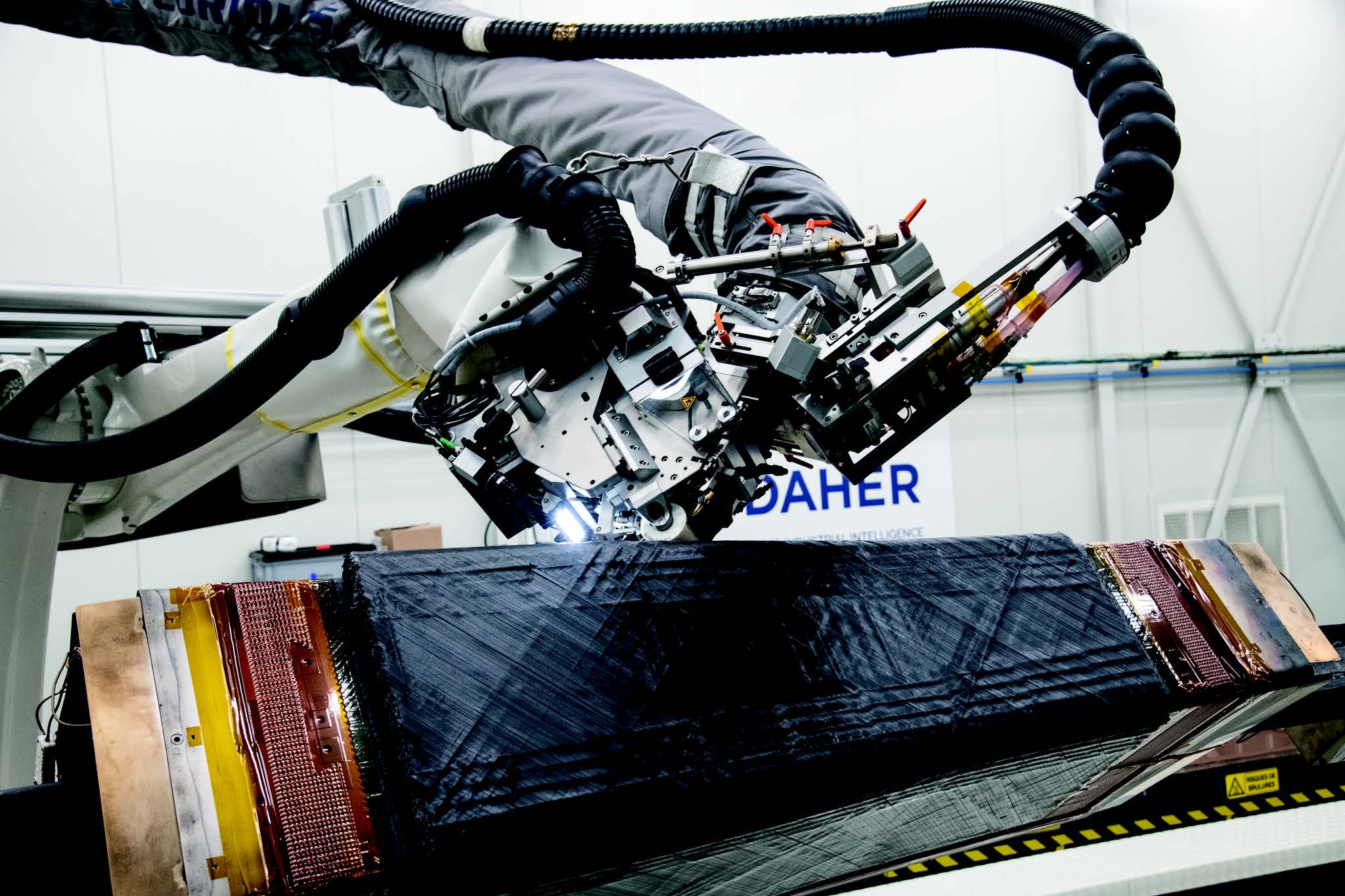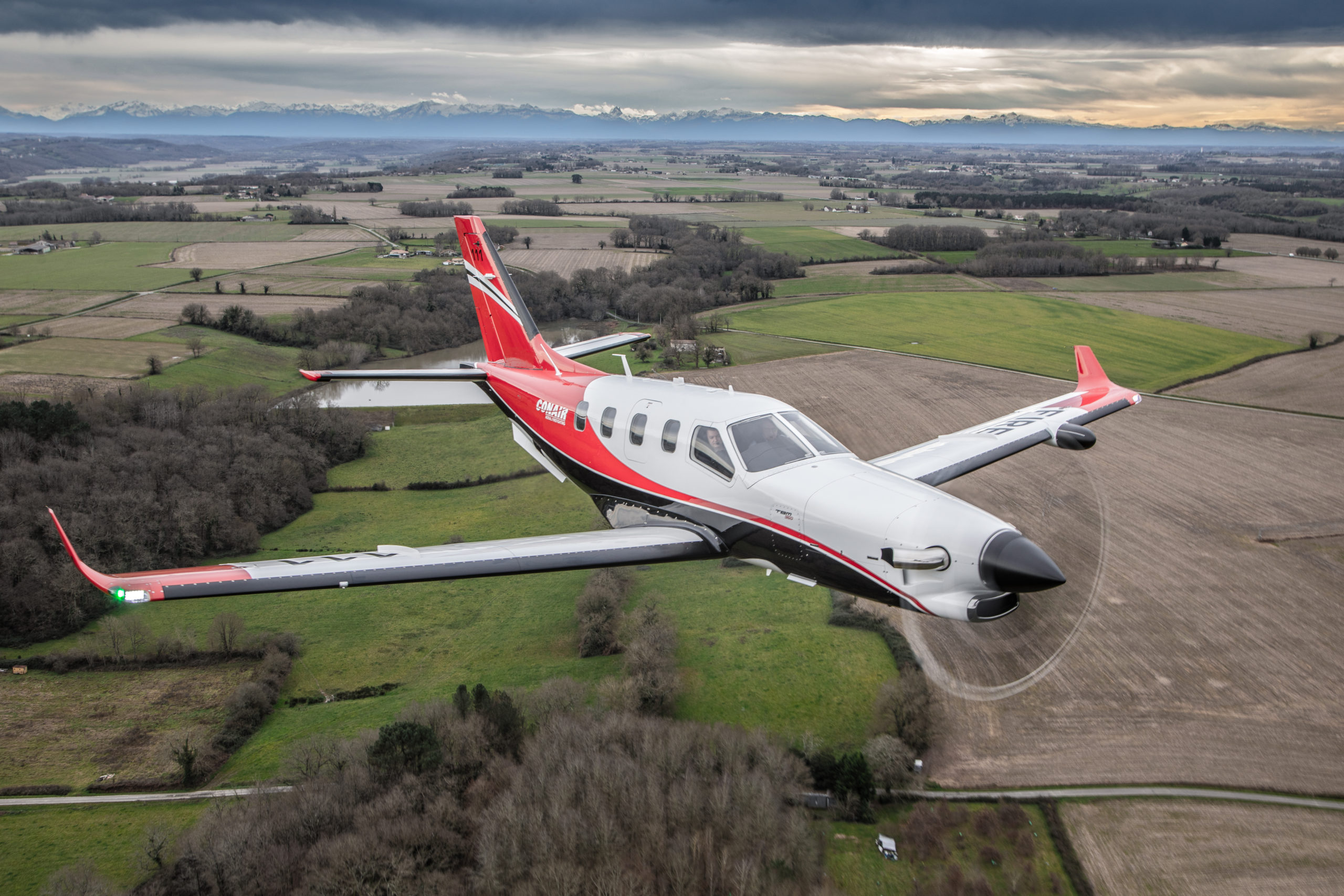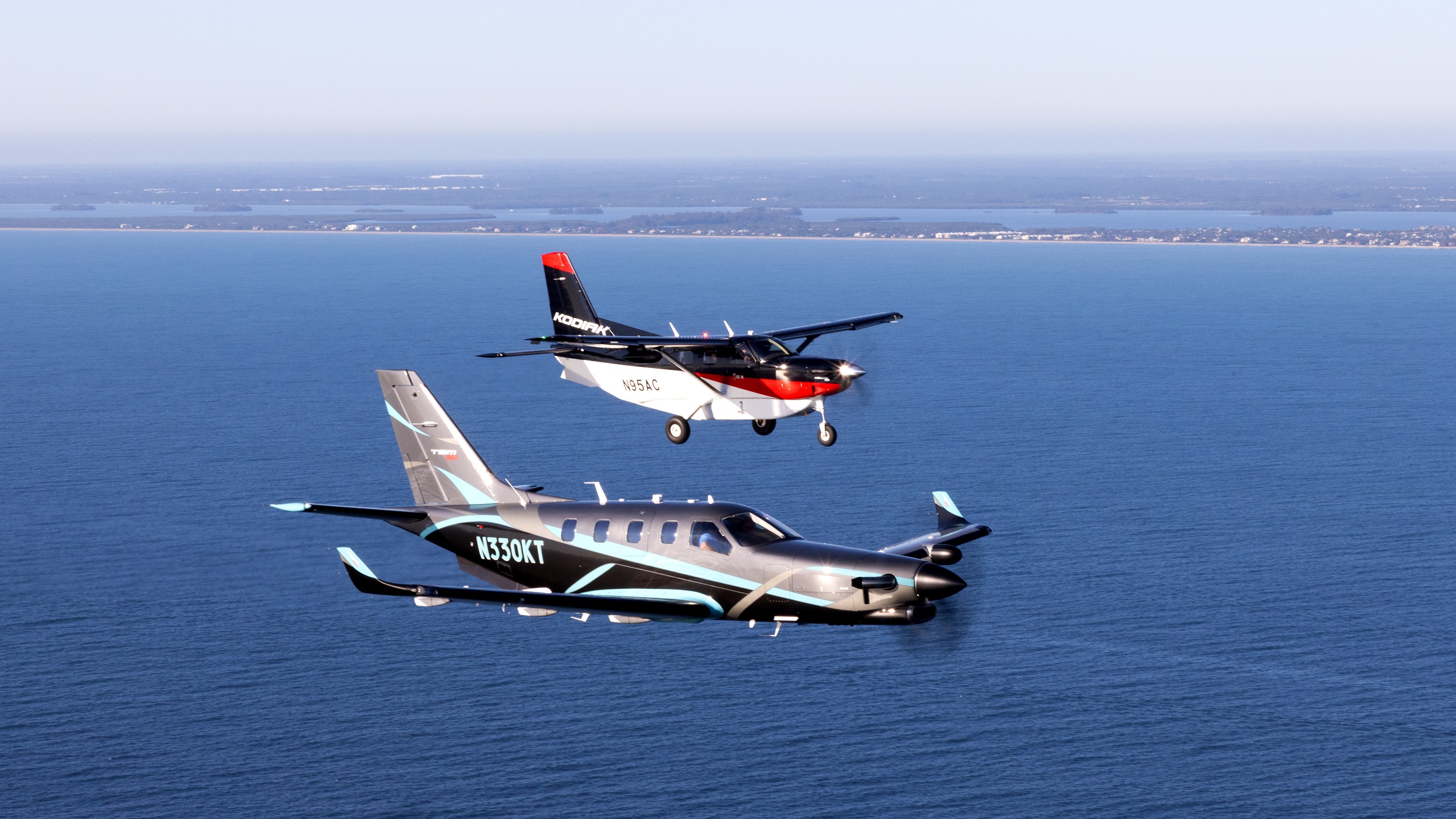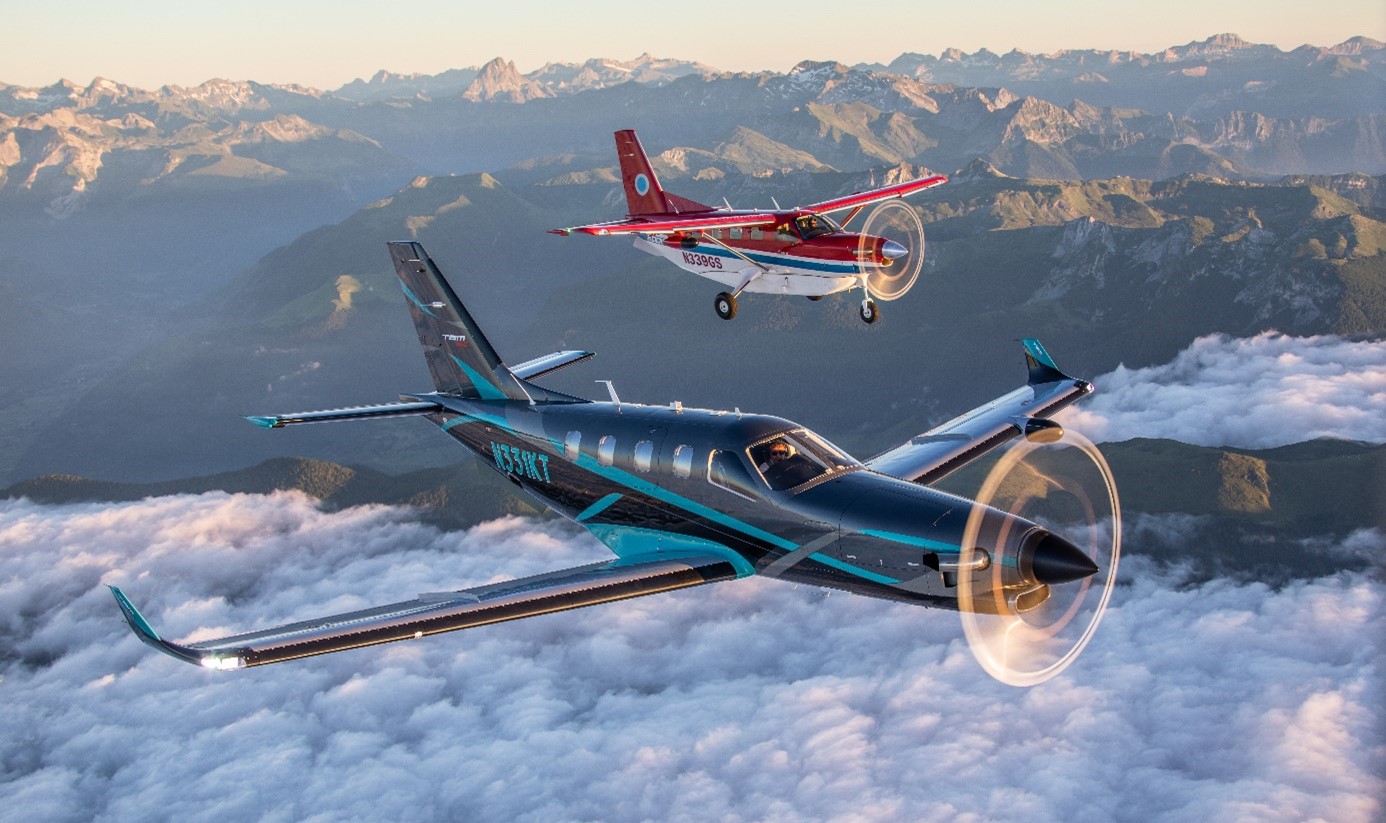ISAE-SUPAERO and Daher create a research chair for the design and certification of innovative CS-23 category aircraft
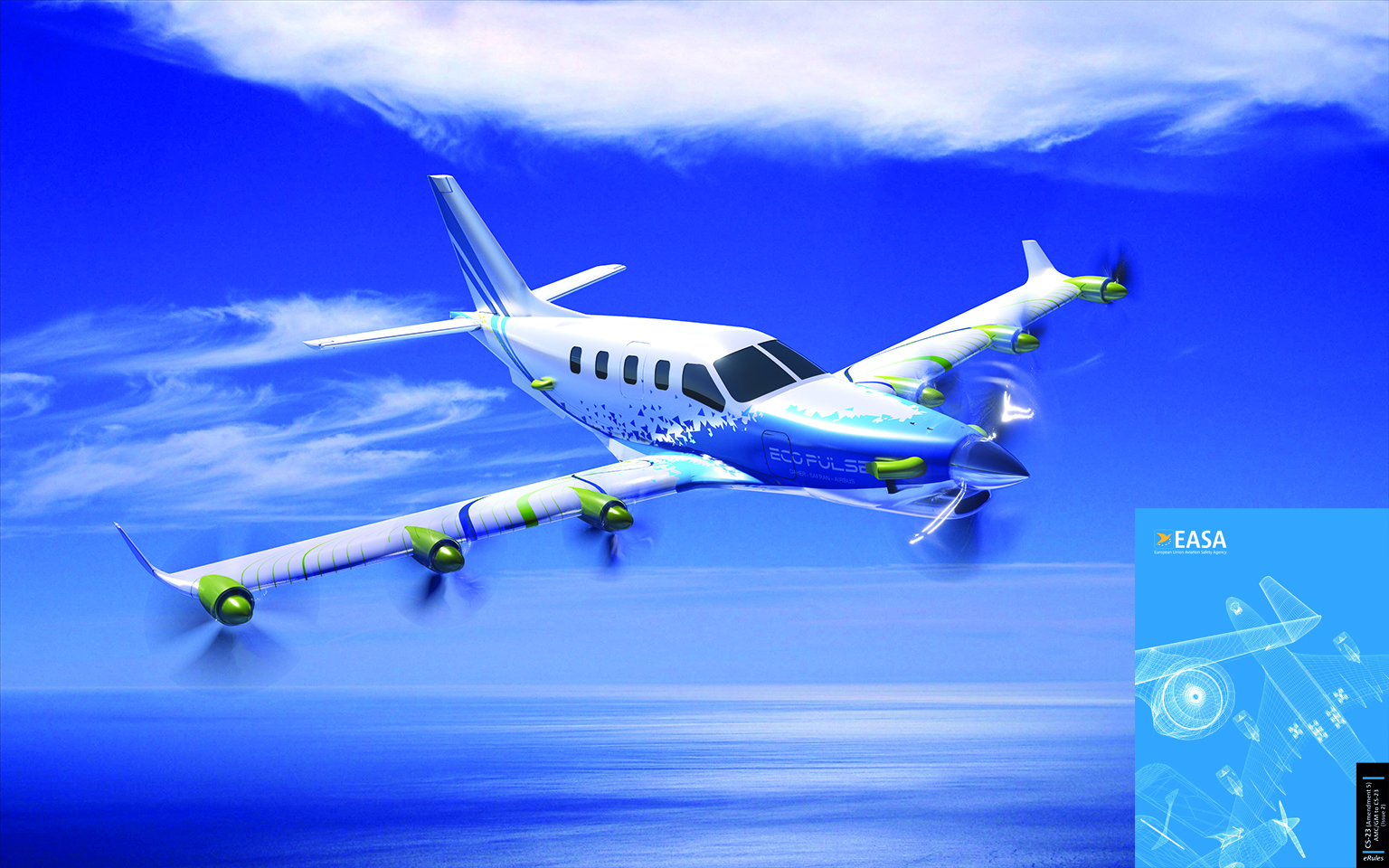
ISAE-SUPAERO, the ISAE-SUPAERO Foundation and Daher have signed a sponsorship agreement for the creation of a joint research chair. This 5-year chair focuses on research into the design and certification of innovative architectures for CS-23 category light aircraft with a maximum takeoff weight of 5670 kg and a maximum capacity of 9 passengers. Contributing to the wider concerns around reducing the environmental footprint of aviation, this new chair underlines the commitment of ISAE-SUPAERO and its Foundation to drive innovation forward in the development of models and tools that address climate issues.
A research chair aligned with the key challenges of the century: safety, environmental issues and mobility.
In July 2019, the ISAE-SUPAERO Foundation, ISAE-SUPAERO and the aircraft and equipment manufacturer Daher signed a sponsorship agreement. With what aim? To establish a research chair for the design and certification of light aircraft with hybrid-electric propulsion systems that combine fossil fuel and electric energy to provide propulsion and power for onboard systems.
This type of research chair has established ISAE-SUPAERO as a benchmark contributor to aerospace research, as this leading higher education institution continues to develop its work in ways that align with the emerging needs of society and environmental challenges.
“Our aim in combining industrial excellence with academic excellence is to change the way we approach light aircraft design. By addressing the complete life cycle of the aircraft, the work of this research chair will make it possible to design architectures that are not only technologically, but also environmentally, innovative. This combination is an essential part of inventing tomorrow’s air travel, which must deliver an effective response to the challenge of global warming.”
OLIVIER LESBRE, ISAE-SUPAERO CEO
“Faced with growing environmental challenges, we are delighted to be among those who are working alongside major companies like Daher to leverage innovation in the quest for new tools that will help reduce the carbon footprint of tomorrow’s aviation industry,” adds Jean-Louis Marce, Secretary of the ISAE-SUPAERO Foundation.
The chair is structured around three main points of focus:
1. Reducing the environmental impact of aviation
The new research chair will facilitate the development of sustainable high-performance light aviation solutions by focusing particularly on the hybridization of onboard energy sources, at the same time as exploring innovative architectures like distributed electric propulsion and innovative modes of operation (intercity travel).
“In sponsoring this research chair, Daher is proud to be making its contribution to inventing the aircraft of tomorrow and reducing the carbon footprint of air travel, both of which are priorities central to our corporate purpose as an aircraft manufacturer and responsible company. This chair will also contribute to developing key skills and expertise, not only for Daher, but also for the wider aviation ecosystem, reflecting our CSR commitments.”
JÉRÔME LEPAROUX, DAHER CHIEF HUMAN RESOURCES OFFICER AND CORPORATE SECRETARY
2. An extended systemic approach to aircraft design
The introduction of innovative technological solutions is the basis for envisaging innovative architectures for tomorrow’s light aircraft; architectures that will deliver improved overall performance. Achieving this requires the introduction of a robust systemic vision to guide the quest for innovative solutions; in other words, developing a system capable of integrating all the disciplines relevant to the aircraft and its ecosystem, from accurately identifying the needs of the customer and the missions of the aircraft, to optimizing its architecture, environmental impacts and safety issues.
The research work supported by the chair will also enable analysis of societal needs for mobility and appropriate sources of energy for the short, medium and long terms.
“Given the range of possibilities opened up by the emergence of new technologies and the challenges now facing our environment and society as a whole, the ability to combine scientific excellence with our strategic and industrial thinking is a valuable asset in consolidating our choices. So the opportunity to rely on the support of a diverse and widely recognized body of scientific opinion enables us to justify and substantiate to the relevant authorities the major choices we will have to make around issues as critical as safety and economic relevance,” adds Pascal Hermel , VP Group Upstream Projects at Daher.
3. The safety and certification of new architectures
The safety analysis and certification of these new architectures for type CS-23 aircraft will account for a significant part of the work done by this research chair. It will build on the new regulatory structure introduced by air safety authorities for this category of aircraft, and will introduce the principle of safety demonstration from the aircraft design stage onwards. The researchers will analyze methods to promote the introduction of innovation in aircraft without compromising the high levels of safety required and the relevant development constraints.
“Efficient development of new light aircraft architecture optimization methods by integrating the full range of technological, operational and environmental aspects. A demanding and detailed approach to defining how these innovations must meet the high safety targets set by the aviation industry for certification. These are the two priorities that will guide our research work,” explains ISAE-SUPAERO Lecturer/Researcher Joël Jézégou.
The 5-year sponsorship agreement will enable all three stakeholders – ISAE-SUPAERO, its Foundation and Daher – to raise and consolidate their level of excellence, and share their research work on innovative aircraft to optimize the aircraft themselves and reconcile safety and performance with environmental protection, market economics and passenger needs.
“We now face new challenges, each of which is an opportunity: the climate challenge and accelerating changes in market demand are major issues that must guide our thinking on new aircraft architectures and encourage us to reconsider effective methods of bringing them to market. Our close collaboration with ISAE-SUPAERO is one of the strategic levers we have to support the paradigm shift that this requires.”
NICOLAS ORANCE, DAHER SVP AEROSPACE & DEFENSE
